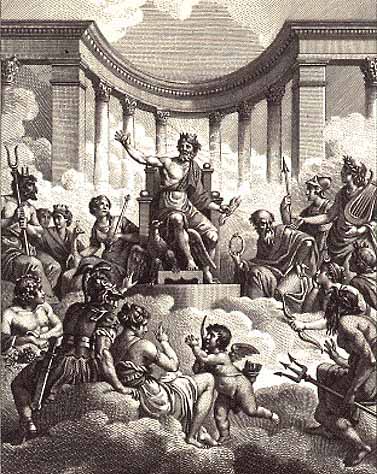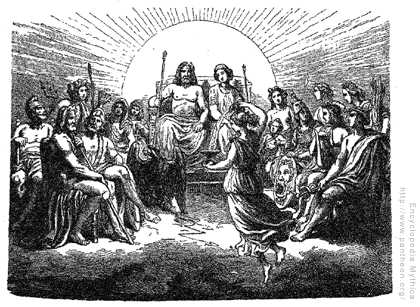I love seeing what people are eating. It's a great way of looking at what is similar and what is different about people. It's sociology and anthropology and history rolled into one.
The Family (Part B)
by
Charles Lamson
Defining the Family
The family is a central institution in all human societies, although it may take many different forms (Bianchi and Casper, 2000. American Families. Population Bulletin, vol. 55, no. 4; Cherlin, 1996. Public and Private Families). A family is a group of people related by blood marriage or adoption. Blood relations are often called consanguineous attachments from the Latin sanguine (meaning "blood"). Relations between adult persons living together according to the norms of marriage or other intimate relationships are called conjugal relations. The role relations among people who consider themselves to be related in these ways are termed kinship.

The smallest units of family structure are usually called nuclear families. This term is usually used to refer to a wife and husband and their children, if any. Nowadays one frequently hears the phrase "the traditional nuclear family" used to refer to a married mother and father and their children living together. Increasingly sociologists use the term nuclear family to refer to two or more people related by consanguineous or conjugal ties or by adoption who share a household; it does not require that both husband and wife be present in the household or that there be any specific set of role relations among the members of the household (Benokraitis, 1996. Marriages and Families).

The majority of America's 73.7 million children under age 18 (2016) live in families with two parents (69 percent), according to statistics released November 17, 2016 from the US Census Bureau. This is compared to other types of living arrangements, such as living with grandparents or having a single parent. The second most common family arrangement is children living with a single mother at 23% (census.gov.)
The 1970 to 2000 there was also a significant increase in the number of men and women who live alone, outside family households. These are primarily but not exclusively elderly people. Among family households, there has been a significant increase in the proportion of married couples without children (although their children may be grown and living in families of their own). "Other family households" refers primarily to single-parent families with no spouse present but with other relatives, who may be children. This important category increased from 10.6 percent of all households in 1970 to 16 percent in 2000 (Kornblum, 2003. Sociology in a Changing World, 6th ed., p. 486).
 
*MAIN SOURCE: WILLIAM KORNBLUM, 2003. SOCIOLOGY IN A CHANGING WORLD, 6TH ED., PP. 484-487*
end
|
Mission Statement
The Rant's mission is to offer information that is useful in business administration, economics, finance, accounting, and everyday life. The mission of the People of God is to be salt of the earth and light of the world. This people is "a most sure seed of unity, hope, and salvation for the whole human race." Its destiny "is the Kingdom of God which has been begun by God himself on earth and which must be further extended until it has been brought to perfection by him at the end of time."
Tuesday, August 4, 2020
Sociological Imagination: How to Gain Wisdom about the Society in which We All Participate and for Whose Future We Are All Responsible (part 32)
Subscribe to:
Post Comments (Atom)
-
That's what hip-hop is: It's sociology and English put to a beat, you know. Talib Kweli Inequalities of Social Class (...
-
I'm double majoring in social studies - which is sociology, anthropology, economics, and philosophy - and African-American studies. Yara...

No comments:
Post a Comment